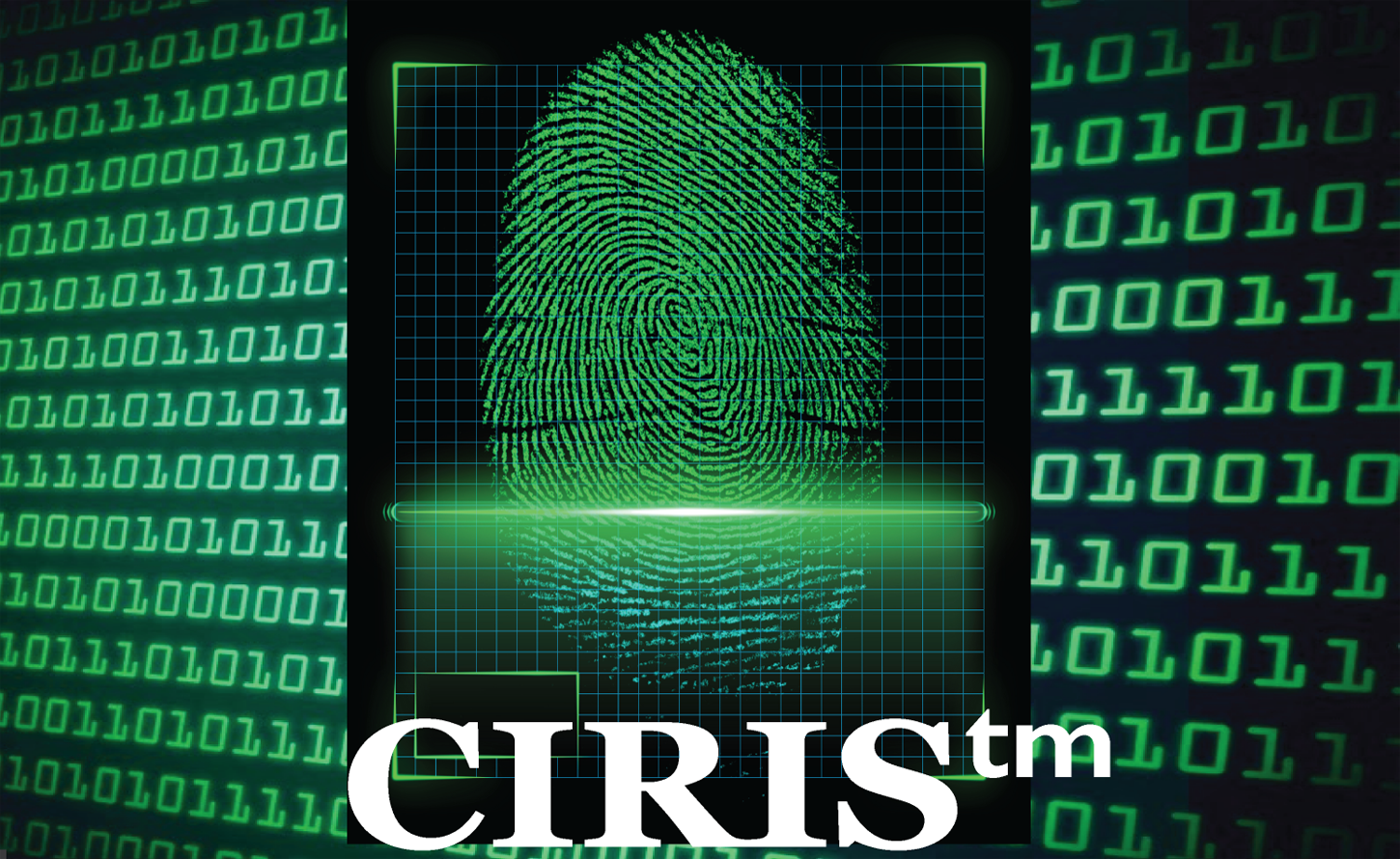Hybrid AI Recommender System

[Collaborative Intelligence Reasoning and Inference System]

CIRIS™
We perform advanced product research in the field of artificial intelligence.
CIRIS™ [Collaborative Intelligence Reasoning and Inference System] is a hybrid human /AI system that combines user pattern recognition capabilities and machine learning (artificial intelligence) system to provide services to each user by delivering prompts (recommendations) customized for each user, informing that user about opportunities and resources of potential interest to that user.
You tap the crowd for knowledge, resources, skills, to grow your network using our hybrid AI recommender system, a Collaborative Intelligence Reasoning and Inference System for making crowds smarter.
Our backend AI functionality is embedded in CIRIS™ – key elements of our system are open source, but we also have two patents issued and a third pending in the domain of our app iTell•U™ and its associated knowledge management system, CIRIS™ [Collaborative Intelligence Reasoning & Inference System].
CIRIS describes a system that integrates two concepts:
- Collaborative Intelligence (CI);
- Reasoning and Inference (RI).
CI is broadly defined as a community-driven knowledge base, such as Wikipedia, that aggregates and associates meta-data about a broad spectrum of topics spanning various modalities, including: apps, events, images, mixed media, stories, user profiles, videos, etc.
For example, assume several stories tagged “whales” and “marine conservation” have different foci: “methods used to tag whales,” “whale counts and locations,” and “initiatives to conserve whales.” User responses to each story (thumbs-up/ thumbs-down/ no response, or no click on a story) trigger revisions of the user profile, enabling CIRIS™ to adapt its behavior.
RI is defined as a collection of AI mechanisms working both in conjunction (synergy) and competition (complementarity) with one another (similar to Cascade Correlation) to accomplish various tasks, including: Automatic Meta-knowledge Clustering (AMC), Principle Component Inference (PCI), Automatic Categorization and Classification (ACC), Cross-domain Analogical Reasoning (CAR), and Predictive Associative Recommendation (PAR).
Here’s a simplified use-case example for CIRIS™ :
Users are clustered (cluster A) that have all spent significant amounts of time looking at stories and videos with the meta-knowledge tags “whales” and “preservation” [AMC]. Inductive inference rules (e.g., “whales are endangered” and “preservation and save are synonyms”) then conclude that cluster A is a sub-cluster of a cluster about “saving endangered animals” (cluster B) [PCI]. CIRIS™ categorizes the relatedness of clusters A and B and, based on relevance criteria, produces from this interest category a new action category tagged “saving the whales” (new cluster C) [ACC]. Later, a user in cluster A (user D) logs onto the system. In addition to belonging to cluster A, user D has also watched a video on “animals of the Serengeti.” Using transitive closure and other analogical reasoning methods (e.g., “hippos are found in the Serengeti” and “whales and hippos are both water-based animals”), CIRIS™ deduces that there is a strong correlation between cluster C and a video called “the plight of the hippo” (video E) [CAR]. It also deduces (e.g., using PCI to infer that “the zoo has a hippo protection initiative”) that the event “fundraiser at the zoo” (event F) is correlated to cluster C and subsequently recommends that user D both watch video E and attend event F (in addition to reading the stories in cluster C) [PAR].
The mechanism described above makes use of the tags that comprise the user’s signature (established by the user on setting up or revising that user’s profile) and that user’s footprint (the growing record of actions each user takes in the system). Artist Saul Steinberg memorably depicted in his 1953 print called “Passport” (below) the reduction of identity to a thumbprint. The ramifications and implications of his foresight have been broadly exploited via targeted advertising, where every human is merely a “consumer.” What he didn’t predict was the flipside, which CIRIS™ is now developing, the potential for each individual contributor in a social network to express his or her uniqueness via the path and network of contributions, and the synergies of each individual’s paths and networks with those of other contributors. Because one of the great blocks to a more sustainable society is the glass ceiling for educated women – failure to value, credit and enable their creative work – until this social problem is corrected, women should file patents and register their work.

